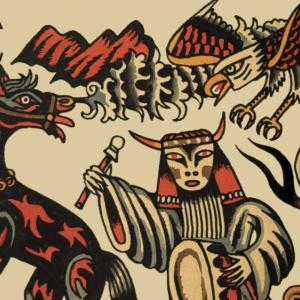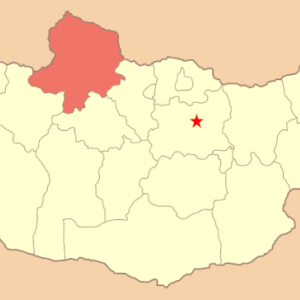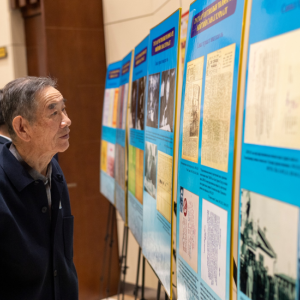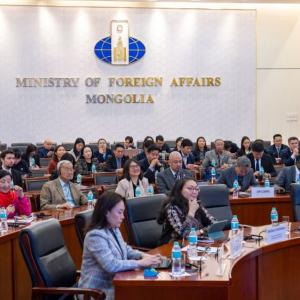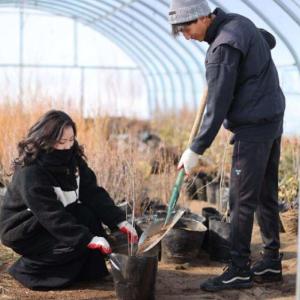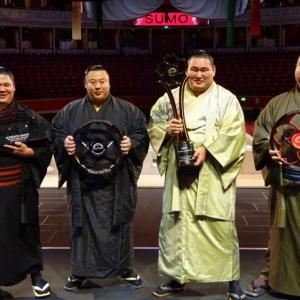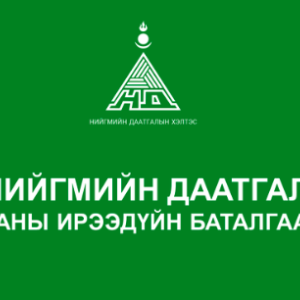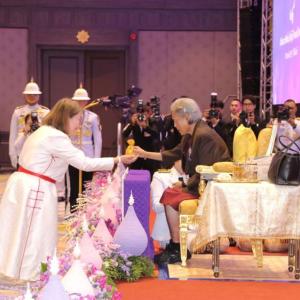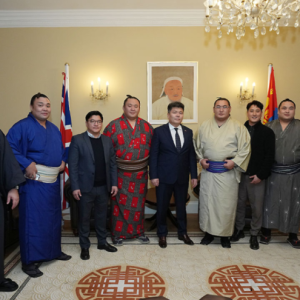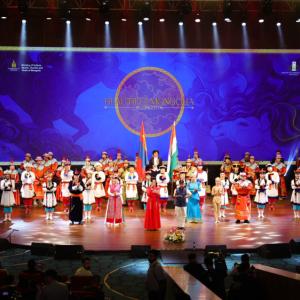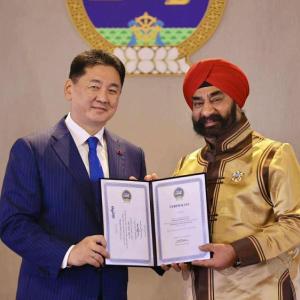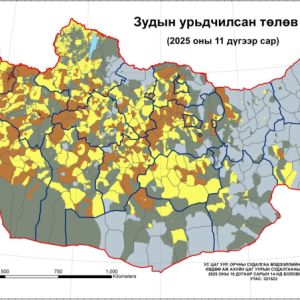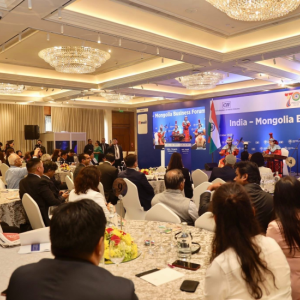R.Batbaatar: Mongolian chefs are valued in international markets
The Mongol Messenger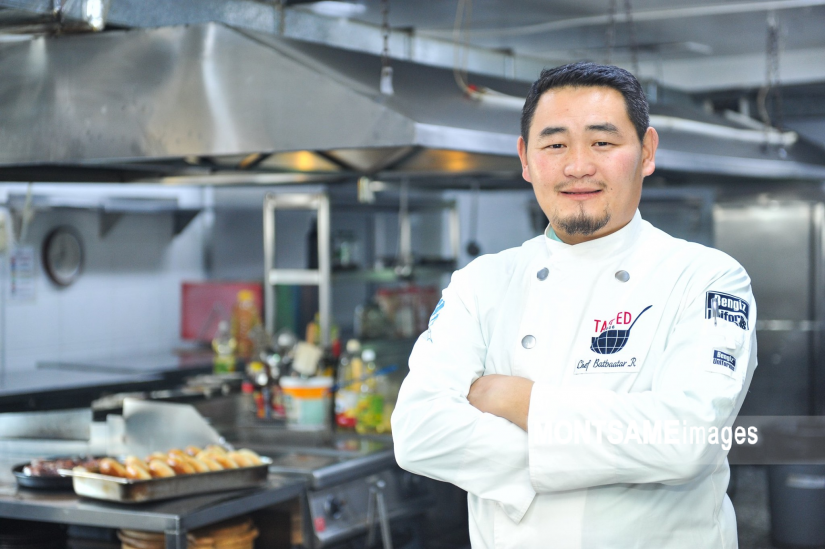
Ulaanbaatar /MONTSAME/ Mongolian chefs have been successfully taking part in major international competitions and turning cooking into an art form in line with world trends. MONTSAME interviewed Vice President of the Mongolian Association of Master Chefs (MAMC) R.Batbaatar who is making his contributions to all this and globally promoting Mongolian culinary skills.
The catering industry could be named as the sector that attracts the most investment, tourism, and trade alongside contributing to the promotion of Mongolia. How good would you say the culinary skills of Mongolian chefs are?
-In the service industry, chefs are those who directly interact with customers. Mongolian chefs obtained their access to international competitions by joining the World Association of Chefs Societies in 2009. A team consisting of MAMC President D.Buyandelger, Ch.Sanchir, and B.Delger successfully participated in the first one. Cooking is all about dedicating your soul to creating that particular meal. Everyone aspires to make a delicious meal. However, a competition is a different matter as it requires everything to fit perfectly like pieces of a puzzle.
Could you tell us about the achievements of Mongolian chefs at international competitions?
-Foreign relations of the culinary industry have seen advancements in the recent years thanks to the efforts of professional associations. The improvements in the skills of Mongolian chefs can be seen from their participation and achievements at A and B class international competitions. Our current main goal is to compete in the IKA/Culinary Olympics held in Germany once every four years. To qualify, we must successfully participate at Asian and other regional competitions. This requires a great deal of practice, food materials, and money. Young chefs of Mongolia have shown considerable success at various friendly, regional, and international competitions as well as culinary Olympics over the last decade under the training of professional instructors.
International competitions have specific standards for culinary equipment and kitchenware in addition to the assessment of culinary skills. Professionals consider that Mongolian chefs are relatively recognized in international markets. Here, I would also like to note that Mongolian chefs are well positioned internationally. They have so far competed in individual and team categories at international competitions in 19 countries including Romania, South Korea, Ukraine, China, Macedonia, Mexico, Greece, Germany, Kazakhstan, and Kyrgyzstan. The most recent competition was the International Young Chefs Challenge held in Ningbo, China among young chefs that are in the age group of 18 to 25.
Furthermore, we have been expanding our foreign relations, exchanging experience and forming friendships through international competitions, and implementing capacity building projects and training programs. MAMC hosted the Chinggis Khaan Challenge Cup international culinary competition for the first time in 2017, and its second edition in a larger scale in June, 2019. The international competition named after the Great Khaan plays an important role in promoting our national culture, history, and customs. Cuisine is a special part of any country’s intangible heritages, and gives an opportunity to promote the country globally. Thus, we aspire to promote the remarkable features of our traditional dishes. There is one intriguing thing about internal competitions. However, Mongolians tend to offer foreign guests their own national dishes instead of our local ones. People often think that Mongolian traditional dishes are only limited to buuz, khuushuur, boodog, and khorkhog when in truth we have a much larger variety. This is why our professional association sees the necessity to implement a project to increase the variety of Mongolian traditional foods. In doing so, the involvement of government organizations is more crucial than that of private entities.
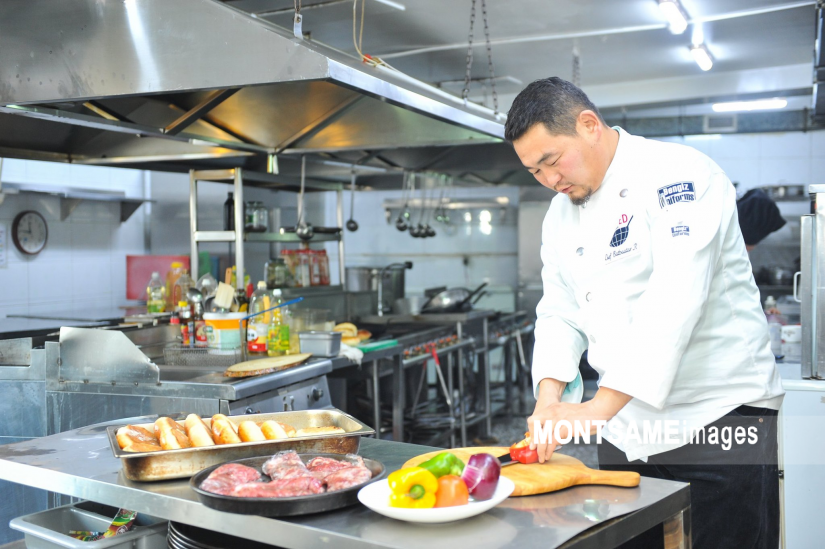
Could you tell about an example of how traditional dishes of other countries are promoted?
-From what can be seen from other countries' experiences, competitions that highlight certain traditional dishes contribute to making the dish well-known. For example, Uzbekistan globally promoted their traditional dish, plov, by making 7,000 kilograms of it. This is a form of preserving and promoting their cultural heritage rather than 50 chefs making it. For this reason, our professional associations are paying attention to promoting the national dishes more than upskilling Mongolian chefs.
In that case in your opinion, what dish do you consider to have the most potential to be successful if promoted internationally?
-Mongolia is well-known for its dishes cooked under pressure rather than buuz, khuushuur, and tsuivan. We cannot say that barbecue originated in Mongolia as the method of cooking meat over an open fire dates back to the beginning of human existence. As for dishes cooked under pressure, it is listed in no menu around the world but ours. Our ancestors passed down to us a quick method of cooking meat with hot stones inside the stomach of livestock. We also have the steamed bowl soup.
There are a lot of dishes that can be made from milk and dairy products. For example, we can invent a new meal by combining cheese with buckwheat and raisins. Local cuisines differ across the world due to the region’s climate and environmental conditions. Japanese people, for example, consume rice, fish, seafood, and other highly nutritious foods that lead them to longevity. Mongolians on the other hand are failing to consume dairy products in a satisfactory amount. Cheese is rich in protein, buckwheat contains fiber, and cane sugar or raisins can be added for more flavor. We can increase the variety by enriching the current traditional dishes like so.
What dishes do Mongolian chefs cook well at international competitions?
-There are around 68 types of international culinary competitions, such as fondant cake decorating competition where pastry chefs create artworks as well as those for sculpting butter and carving food. Mongolian chefs mainly take part in the categories of hot served meals, chicken, beef, and mutton dishes, and ethnic foods. The way that international competitions are held in line with Western European standards requires us to learn new things as our current technology differs from that used in making western dishes. One example is that the meat should always be well-done in Mongolia, whereas it is preferred rare or medium rare in the West. This leads us to look into the reason beneath.
Which Mongolian traditional dish piques foreigners’ interest the most?
-They are interested in our dishes that are cooked under pressure. Using only animal skin without any cookware is not only the dish’s feature but also takes skill. This method has to be modernized. Mongolian meat is considered organic and high in nutritional value as it is derived from animals fed on pasture but not animal feed.
Europeans love our traditional meat dishes. In Mongolia, we make juicy buuz with mutton, and add flavor with sprouted fennel seeds and other pungent ingredients. They also seem to be curious about our authentic blood sausage, which may be due to its main ingredient being organic.
What are the key attributes of Mongolian chefs?
-Professionals often note Mongolian chefs’ inborn talent at international competitions. They are fast at learning, mastering new skills, and bettering themselves. In terms of diligence which is the most important quality for participants, they also have a high ranking. Foreign experts say that Mongolians perform better individually compared to how they would do in team categories, where three to five people make up for one another’s shortcomings with each member bearing a particular responsibility. Mongolians are highly valued in individual categories for their speed and technique. Generally speaking, cooking is about both being creative and meeting culinary standards.
Customers can have an idea about a chef’s expertise just by tasting their dish. What would you say about increasing the diversity of local dishes?
-Indeed, the level of a chef’s skills can be determined from a single bite off of the dish they made. All Mongolian chefs like noodle soup, and prefer eating it at home among any other dish. If a chef goes overboard with their imagination, the dish would not be appreciated by the customer. My favorite dish is beef stroganoff, which is very well known in the world. At international competitions, experts keep an eye on whether or not the cook is using the key ingredients for the dish. Mongolian chefs use mutton while other countries make the dish with fillet steak, sour cream, and mushrooms.
This article was published on the Mongol Messenger issue No. 01 for January 10, 2020.
 Ulaanbaatar
Ulaanbaatar






